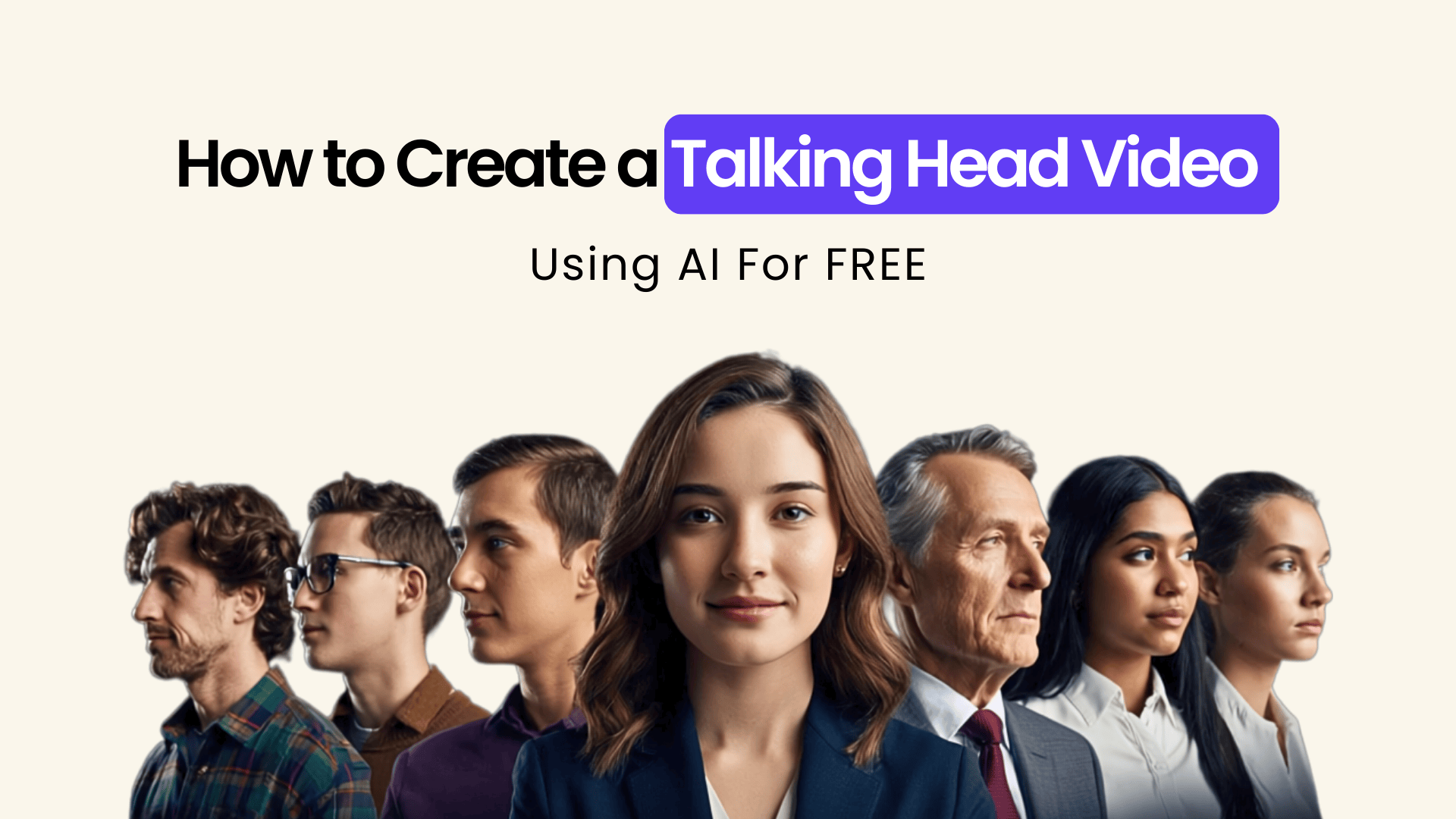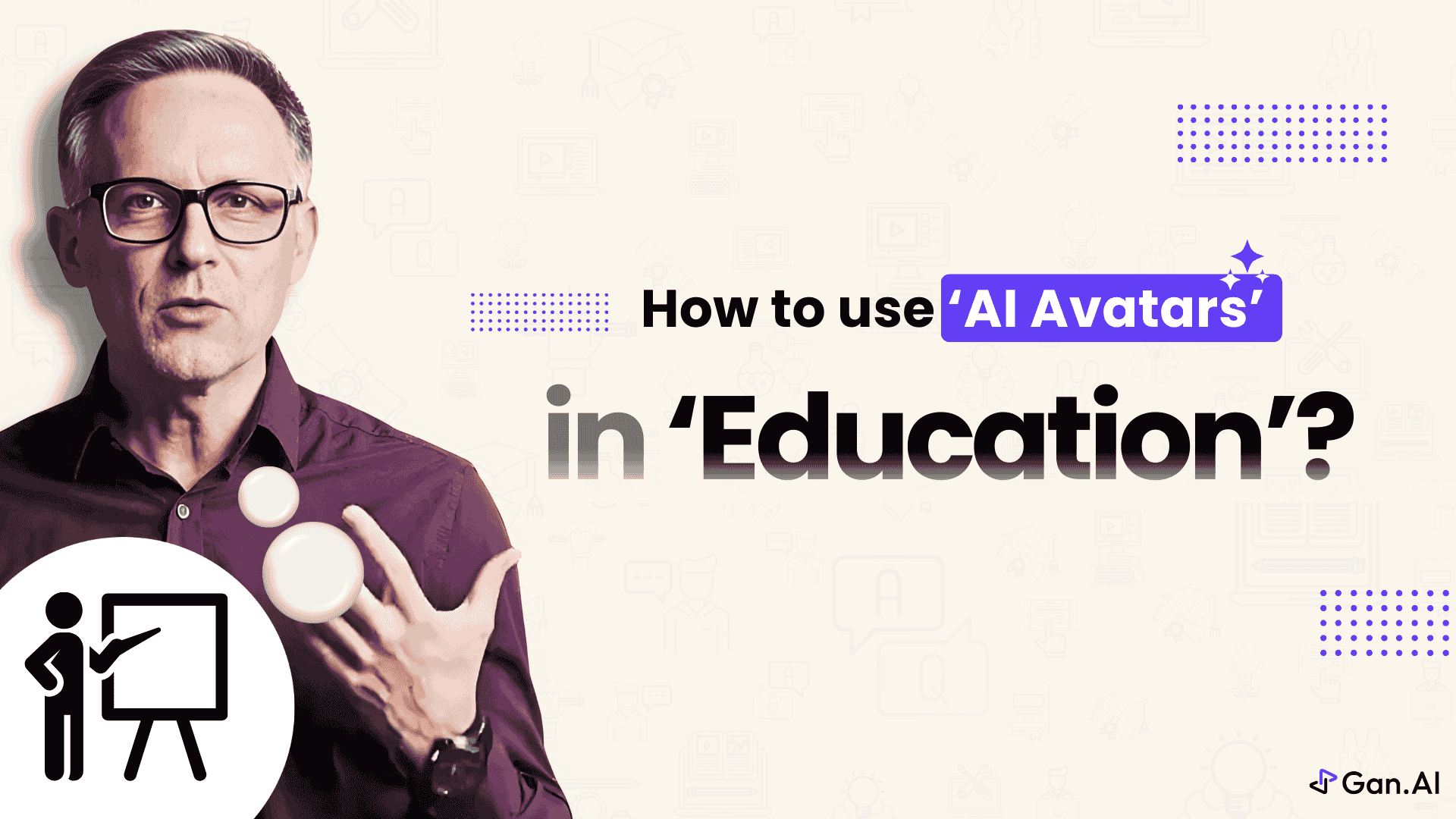Can Doctors Use AI Avatars for Patient Education? 6 Ways Revealed.
The healthcare world is evolving faster than ever before. New tech pops up every day, promising to revolutionize how doctors work, patients heal, and the system functions. Among these innovations, one trend is catching everyone’s attention: AI avatars.
But here’s the troubling question — can doctors use AI avatars for patient education? And if so, should they? Can these digital stand-ins actually help bridge communication gaps, boost understanding, and reduce the workload of already stretched-thin medical professionals?
Well, you’re in for a detailed look.
In this article, we’ll explore how doctors can leverage AI avatars in healthcare, especially for patient education. We’ll dig into practical use cases, benefits, challenges, and the real-world implications of using avatars in patient care. So, buckle up — we’re diving deep into the future of medicine, one pixel at a time.
Should Doctors Use AI Avatars in Healthcare?
Yes — and not just because they can, but because they should. With the rising complexity of medical treatments, limited consultation time, and growing patient demand for accessible, personalized communication, AI avatars offer a compelling solution.
These digital assistants can replicate many of the doctor-patient interactions traditionally handled face-to-face, but with enhanced scalability, consistency, and adaptability. Whether it’s delivering personalized treatment instructions, explaining lab results, or guiding patients through recovery steps, avatars can do it all — 24/7, in any language, and tailored to the individual’s learning pace.
For busy healthcare professionals, this means more time to focus on complex cases while still ensuring every patient receives clear, actionable guidance. For patients, it means improved health literacy, lower anxiety, and better adherence to care plans. Plus, AI avatars don’t suffer from burnout, fatigue, or variability in explanation quality — making them ideal for repeatable education workflows.
Of course, AI avatars aren’t a replacement for human empathy or clinical judgment. But they do fill critical gaps, especially in high-volume practices, rural settings, or culturally diverse populations. With healthcare AI avatar technology advancing rapidly, the case for adoption is becoming harder to ignore.
Curious how these avatars come to life in real settings? In the next section, we’ll walk through some of the most impactful, real-world use cases of AI avatars in healthcare. You won’t want to miss what’s ahead.

Most Common & Powerful Ways Doctors Can Use AI Avatars for Patient Education
An AI avatar generator isn’t just fancy tech gimmick. When used thoughtfully, they can reshape how doctors communicate, teach, and connect with patients. Here are three impactful ways they’re already making waves:
1. Explaining Complex Diagnoses and Procedures in Simple Terms
Let’s be honest — medical jargon is a tough nut to crack. Even the most attentive patient might get lost somewhere between “angioplasty” and “laparoscopic cholecystectomy.”
That’s where AI avatars shine. Doctors can program avatars to deliver consistent, easy-to-understand explanations of a diagnosis or procedure. The avatar can speak in layman’s terms, use visuals, and adjust the pace depending on the patient’s preferences.
Use Case Example: A cardiologist uses an AI avatar to explain the steps of a coronary bypass to an elderly patient. The avatar speaks slowly, uses 3D animations, and answers preloaded FAQs.
Why it matters:
- Patients retain more information.
- Families can replay the video anytime.
- Doctors save valuable time repeating the same explanations.
2. Chronic Disease Management & Lifestyle Guidance
Managing chronic conditions like diabetes or hypertension is a long-term commitment. It demands education, habit changes, and consistent reinforcement.
Instead of overburdening physicians with repeat consultations, AI avatars in healthcare can step in. These avatars provide daily reminders, diet recommendations, medication schedules, and emotional support — all without judgment or fatigue.
Use Case Example: An endocrinologist assigns an avatar to a newly diagnosed diabetic patient. The avatar checks in daily, encourages healthy food choices, and explains how insulin works.
Why it matters:
- Empowers patients to take control.
- Prevents complications through proactive education.
- Frees up clinic time for critical care.
3. Pre-Surgical Counseling and Consent
Informed consent isn’t just a formality — it’s a cornerstone of ethical medicine. But do patients really understand what they’re signing up for?
AI avatars can walk patients through every step of a surgical procedure, highlighting risks, benefits, alternatives, and recovery timelines. They can even quiz patients to ensure comprehension before proceeding.
Use Case Example: A hospital uses avatars to provide standardized pre-op briefings in multiple languages, ensuring cultural and linguistic inclusion.
Why it matters:
- Reduces liability.
- Enhances patient trust.
- Improves satisfaction and surgical outcomes.

4. Post-Treatment Follow-Up and Recovery Support
Healing doesn’t stop at hospital discharge. In fact, that’s often where the real work begins. Many patients find themselves confused or overwhelmed once they’re home, trying to interpret a stack of discharge papers and remember everything their doctor said. Simple tasks like changing dressings or knowing when to resume certain activities can quickly become sources of stress. Medication adherence, too, can falter without proper reinforcement.
AI avatars can step in as helpful companions during this delicate phase. These avatars provide real-time, on-demand guidance tailored to each patient’s treatment plan. They can walk patients through recovery exercises, monitor symptom check-ins, send medication reminders, and even escalate alerts to the care team if recovery veers off track. With their calm tone and consistent availability, they become a steady support system when patients need it most.
Moreover, AI avatars can be especially helpful for patients recovering alone or those without immediate caregivers. They offer reassurance, clarity, and a sense of connection — all from a virtual presence that never tires or gets frustrated.
Use Case Example: A surgery patient receives daily video updates from an AI avatar reviewing physical therapy exercises and reminding them about dressing changes.
Why it matters:
- Reduces readmission rates.
- Encourages adherence to recovery plans.
- Provides comfort with 24/7 virtual support.
5. Pediatric Education & Anxiety Reduction
Children often find hospitals intimidating. The beeping machines, sterile environments, and unfamiliar faces can stir up fear and resistance, especially in younger patients. That’s where AI avatars come in — especially those designed with bright colors, animated features, and friendly voices. These avatars, tailored specifically for pediatric care, can transform stressful medical interactions into engaging educational experiences.
Instead of explaining a procedure in clinical terms, an AI avatar might turn it into a space mission, a superhero adventure, or a treasure hunt. They can use stories, cartoons, and games to explain chronic illnesses like asthma, juvenile diabetes, or epilepsy in a way that’s not only digestible but also fun. With interactive features, children can ask questions, play through simulations, and even earn digital badges for learning about their treatment routines.
They can also help children understand what to expect during an MRI scan, a blood test, or even a surgery — reducing the shock factor and empowering them with knowledge. When kids feel informed and involved, they’re more likely to cooperate, feel less scared, and even become active participants in their care journey.
Use Case Example: A pediatric clinic uses an AI avatar named “Dr. Bunny” to teach kids with asthma how to use inhalers through fun videos.
Why it matters:
- Reduces anxiety in young patients.
- Improves cooperation and understanding.
- Makes medical environments feel less scary.
6. Language Translation and Cultural Bridging
Language barriers can hinder effective care. Patients who don’t speak the local language fluently often struggle to understand critical health information, which can lead to confusion, improper medication use, and even medical emergencies. That’s why clear, culturally appropriate communication is so important.
AI avatars with multilingual capabilities can act as virtual interpreters, translating medical details into the patient’s native language with accuracy and empathy. But they don’t stop there. These avatars can also be trained to understand and reflect cultural values, traditions, and communication styles, helping doctors avoid misunderstandings and build stronger patient relationships.
For example, in communities where indirect communication is preferred or where medical discussions require certain etiquette, AI avatars can convey information in ways that are both informative and respectful. This dual ability to translate language and culture bridges a significant gap in healthcare access, especially in diverse, multicultural societies.
Use Case Example: An AI avatar translates discharge instructions into Urdu, Mandarin, and Spanish, while also respecting local norms and sensitivities.
Why it matters:
- Enhances health equity.
- Reduces miscommunication risks.
- Builds trust between patients and providers.
.png)
Unlocking Accessibility & Meeting Patients Where They Are
One of the most overlooked benefits of AI avatars in healthcare is their ability to make medical guidance truly accessible. Accessibility isn’t just about physical access or affordability — it’s also about comprehension, timing, and comfort.
Not every patient can visit a clinic regularly. Some live in remote areas, work demanding hours, or face mobility challenges. Others may simply feel anxious about asking “silly questions” during appointments. AI avatars break down those barriers. They offer round-the-clock availability, explain concepts multiple times without judgment, and create a safe space for learning.
This is especially valuable in populations with disabilities, the elderly, or underserved groups who often fall through the cracks of traditional healthcare systems. Avatars can deliver content through audio, text, sign language, or visual animation — accommodating a wide range of needs.
By giving patients control over how and when they consume information, AI avatars shift the power dynamic from passive recipient to active participant. And in healthcare, that shift can mean the difference between confusion and clarity, or between relapse and recovery.
Frequently Asked Questions or FAQs
Q. Can AI avatars completely replace doctors in patient education?
No, AI avatars are not meant to replace doctors but to support them. They handle repetitive educational tasks, enhance understanding, and ensure consistent messaging. Doctors still play the key role in diagnosis, empathy, and decision-making.
Q. Are AI avatars safe and accurate when providing medical information?
Yes, when designed with proper clinical oversight, AI avatars can deliver highly accurate and up-to-date information. They are programmed based on verified medical protocols and can be customized by healthcare providers to align with specific practices.
Q. What are the limitations of using AI avatars in healthcare?
AI avatars may struggle with nuanced emotional interactions, complex case-specific advice, or situations requiring immediate judgment. Also, not all patients may feel comfortable interacting with a digital agent, especially older adults or those with limited digital literacy.
Q. How do AI avatars support health equity?
By offering multilingual, accessible, and culturally aware content, AI avatars help bridge the gaps for underserved or marginalized communities. They provide consistent support regardless of a patient’s background or location.
Q. Are AI avatars expensive to implement for clinics or hospitals?
Initial setup can involve costs, but over time, AI avatars save money by reducing readmissions, streamlining patient education, and freeing up clinician time. Many platforms offer scalable, affordable solutions even for smaller practices.
Q. What data privacy concerns exist when using AI avatars in healthcare?
Patient data must be protected under HIPAA and similar regulations. Reputable AI avatar platforms ensure data encryption, consent protocols, and strict compliance to privacy laws.
Q. Can AI avatars be personalized for different medical specialties?
Absolutely. Whether it’s cardiology, pediatrics, oncology, or mental health, avatars can be trained and adapted to suit various medical disciplines and patient demographics.

Conclusion
AI avatar creation is no longer science fiction. It's a practical, powerful tool in modern medicine. From simplifying complex medical language to supporting long-term care and bridging cultural divides, these digital assistants are transforming how doctors connect with patients.
By integrating AI avatars into their workflows, healthcare providers can boost efficiency, improve outcomes, and offer patients a more personalized and empowering experience. As the demand for clarity, accessibility, and convenience in healthcare grows, the value of avatars in patient care will only become more undeniable.
Ready to explore the potential for your own practice or healthcare initiative? With platforms like Gan.AI, you can create your own custom AI avatar in under five minutes — no code, no hassle.
The future of patient education is here. Why not lead the change?

%201.svg)















